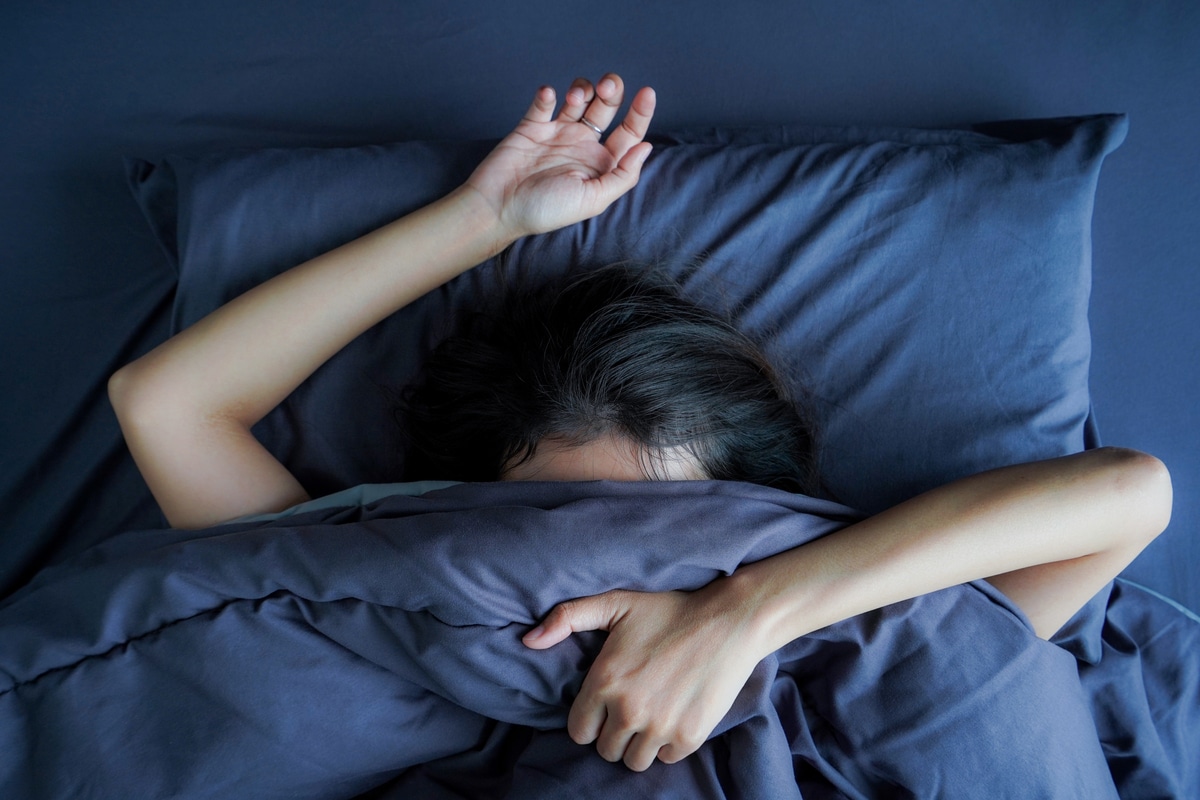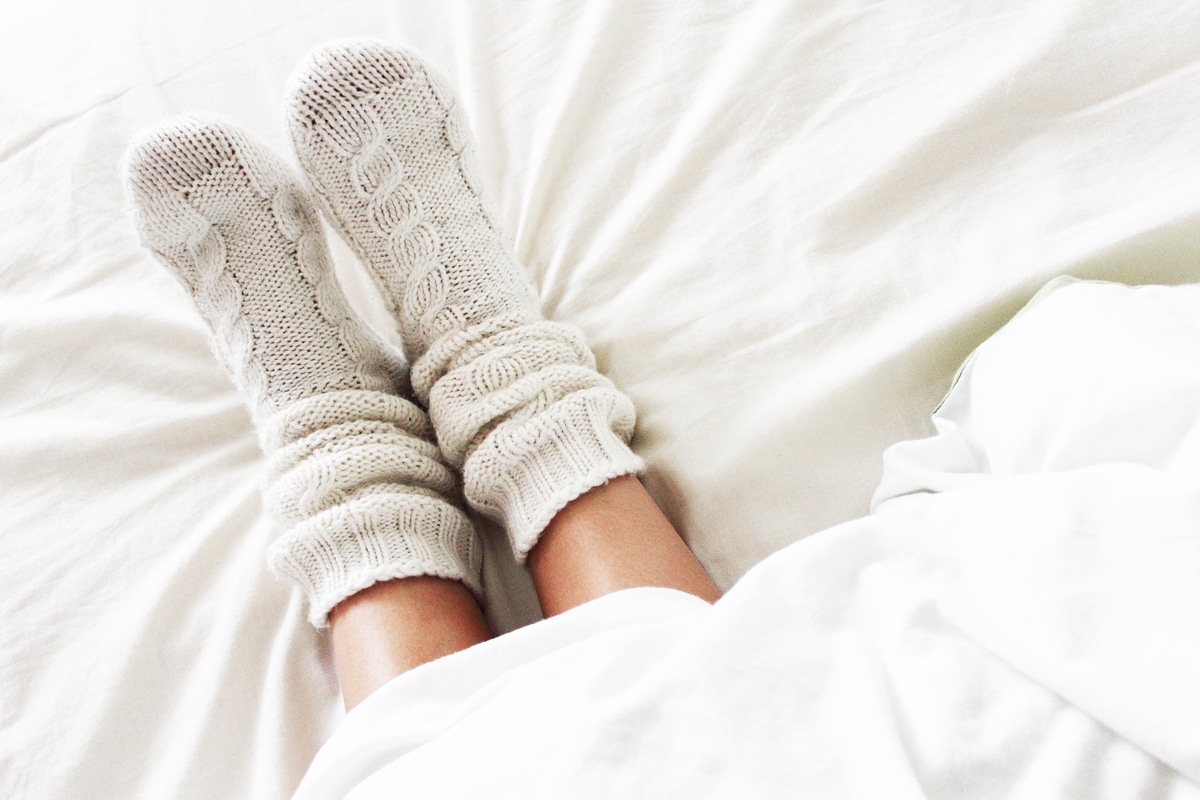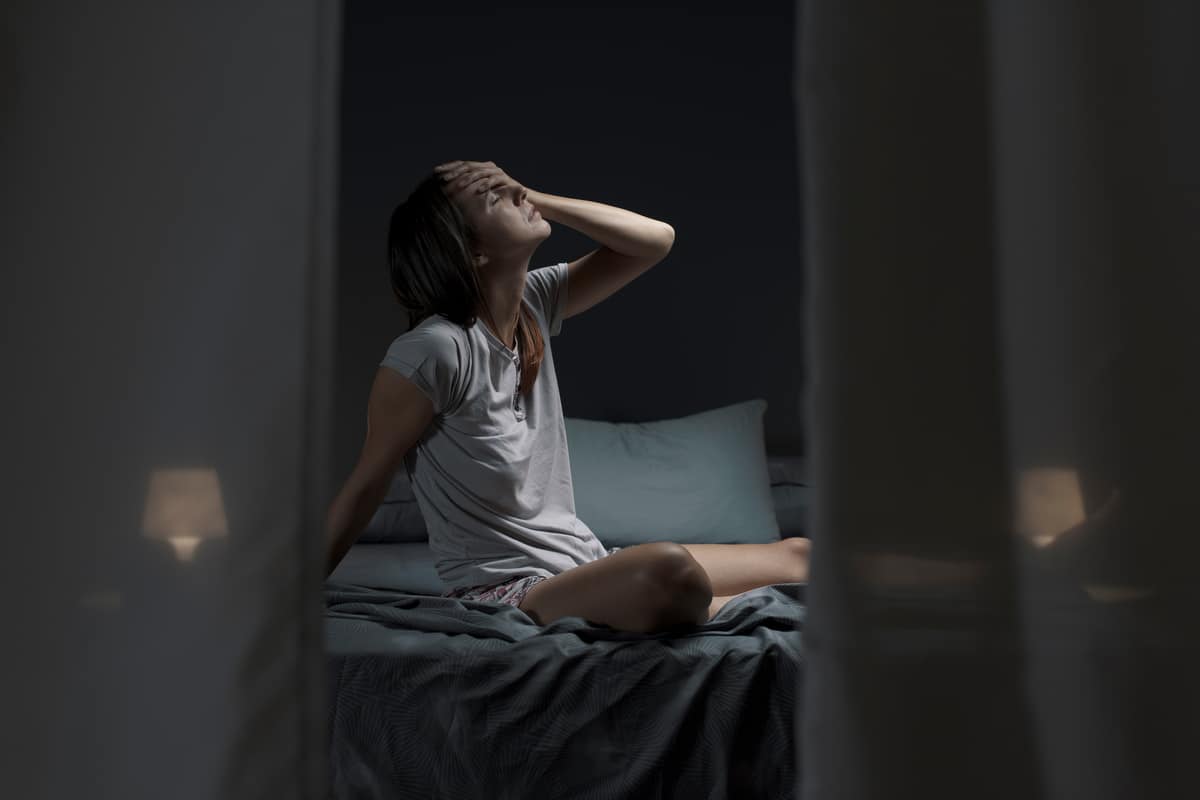
Can’t find that pair of blackout curtains to fit your window and fancy having a go yourself?
Anyone with basic sewing skills should be able to make a pair of handmade curtains to the desired size, using a wider choice of patterns, colours and fabrics compared to ready-made curtains.
Some of the benefits of making your own blackout curtains include, they will fit the exact size of your window, block out light, thermal insulation, noise reduction, extra privacy, no additional costs for curtain alterations and you could customise to suit your own style, for example, add a bit of sparkle.
If you are new to curtain making, it is best to start with a plain material and remember: accurate measuring and cutting is vital for creating a successful pair of blackout curtains.
This guide is ideal if you have a lightweight fabric that you want to make into blackout curtains with a Taped Heading.
Or, if you just want to use our Blackout fabric on its own to make a pair of Blackout curtains, the same approach works with standard non-blackout fabric.
We would recommend a professional seamstress to make any ring top heading Blackout curtains.
What You Need
Tools for the job:
- Pencil or Tailor’s chalk
- Needle and thread
- Fabric and curtain lining
- Measuring tape
- Iron
- Kitchen, fabric or dressmaking scissors
- Sewing machine
- Pins
- 3” pencil pleat/ruffle heading tape
Duration: It can take 12-18 hours. We recommend, that you should go at your own comfortable pace. If you are familiar with curtain making, you might be able to produce a pair of curtains in a lesser amount of time.
Measuring The Fabric
How Much Fabric Do You Need?
Measure the width of your curtain pole/track, that your curtains will hang from.
Then measure the length, or drop, of the curtains. You will need to position the tape measure at the top of the pole/track and measure to the position where you would like the curtains to finish.
For example, Blackout curtains should sit below the windowsill, be touching the floor, so that no light can filter in the room and you can experience the full benefits of blackout curtains.
Do not measure to the top of the windowsill, as light, and window drafts will be able to filter through the gap at the bottom.
How To Calculate How Much Fabric Is Needed?
To calculate the amount of fabric required, we would recommend you calculate as follows:
On the width measurement, add at least 2.5cm to each side, to allow for each hem. If you are having two curtains (1 pair) this will need adding to each side of both curtains.
On the length measurement, add 14cm, this allows 7cm to the top section, which is where the heading tape will be secured, and approx. 7cm to the bottom hem.
It is better to overmeasure the width and length of your curtains as too little fabric will cause gaps around the window and light may get through at the sides or the bottom of the curtains.
Making Your Blackout Curtains
So, you’ve measured your window, and you have received delivery of your fabric, you are now ready to start.
To begin, unfold and lay your fabric out onto a flat surface.
Cut the number of lengths of fabric required. Take the finished length measurement and add the hem allowance. Measure down the side of the fabric and if you are happy with the measurement, cut straight across with a sharp pair of scissors.
If you’re using a patterned fabric it will need to be “pattern matched”, so that when the two pieces of fabric are lined up, the pattern matches.
If the width of your fabric is not wide enough, you will have to join two pieces of fabric together. The widths of fabric should be pinned together along the selvedges, right side together (if you are using a pattern this should be matched as you go). Sew using a straight stitch with colour matched thread. The seam should be 1.5cm wide. You may want to lightly iron the seams.
Pin the hem. The side hem should be 2½cm, the top hem should be no more than 7cm, and the bottom hem should be 6cm.
Sew the hem, using a colour matching thread and a flat stitch.
Adding The Header Tape
Lightly iron the fabric on a flat surface.
Using a tape measure and starting at the bottom, measure upwards finishing at the required length of the curtains. Turn the top over and pin at the turning, then trim to a maximum of 5cm.
Pin the tape to the top edge of the curtains, then stitch along the top and bottom edges of the tape using a straight stitch and a thread that matches the fabric.
If You’re Using The Blackout Fabric As A Curtain Lining
When working with a normal curtain lining you would need to reduce the width by 10-12cm, then hem the lining fabric, turn the fabric up, press and pin a 5cm + 5cm hem and flat stitch near to the edge of the top fold.
With Blackout fabric linings the hems should be as short as possible 1-2cm on all four sides, this will enable the curtains and the blackout lining to work much better at blocking out the light.
Pin the lining to the curtain fabric. The side edges should be flush, and the lining should be positioned no more than 1-2cm from the bottom of the curtains. Stitch the full length of the curtain from hem to top, using a flat stitch and 1-2cm seam allowance. Gently press the fabrics once finished, and next you can add the header tape.
It is recommended that you check other websites, that specialise in curtain making for additional curtain making guidance.
Love Sewing Magazine has a great guide for sewing curtains you can read here.
Frequently Asked Questions
Can You Add Blackout Lining To Curtains Without Sewing?
Yes, you can. Our ready-made blackout curtain linings are supplied ready to use with your tape and ring top curtains. Simply attach the fabric as instructed and the linings will block out that unwanted light. No sewing skills or machine required!
What Type Of Fabric Should I Use To Make Blackouts Curtains?
You can make your own blackouts curtains using our blackout fabric, or any medium-heavy weight, pattern/plain fabric.
Our 285cm wide fabric has inherent blackout properties and is cut straight from the roll for you to make into any size for lining, blind or solution. The fabric is in a wider width so does not need an unsightly seem for wider curtains or lining and it will have a clean-cut edge, but will need seems sewn for the best possible finish. Our fabric can be cut with ordinary kitchen scissors, to size, and sewn on a household sewing machine.
Currently available in a choice of 6 colours, including blue, charcoal, cream, grey, ochre and pink, there is a colour option that will work well with all room colour schemes.
When selecting the blackout fabric colour, you need to make sure that the colour does not clash with your existing colour scheme or choice of the curtain material. For example, red fabric with and ochre lining would colour clash.
Can You Add Blackout Lining To Existing Curtains With A Header Tape?
If you are making your own blackout lining with our blackout fabric, the linings can be sewn directly onto your existing ready-made curtains with a header tape, you would need to position the lining just under where the header tape finishes, and you will need a sewing machine.
Make sure that the colour of the lining fabric works well with your choice of curtains.
Can You Attach Blackout Linings To Curtains With Ring Top Heading?
If you are making your own blackout lining with our blackout fabric, the linings can be sewn directly onto your existing ready-made ring top curtains, you would need to position the lining just under where the ring top header finishes and stitch across using a sewing machine.
Make sure that the colour of the lining fabric works well with your choice of curtains.
Can You Put Blackout Curtains In The Washing Machine?
Yes, our Blackout fabric is made from 100% easy-care polyester, which is machine washable at 30 degrees. It is Splash-proof, durable, more environmentally friendly than foam-backed traditional linings and odour-free.










